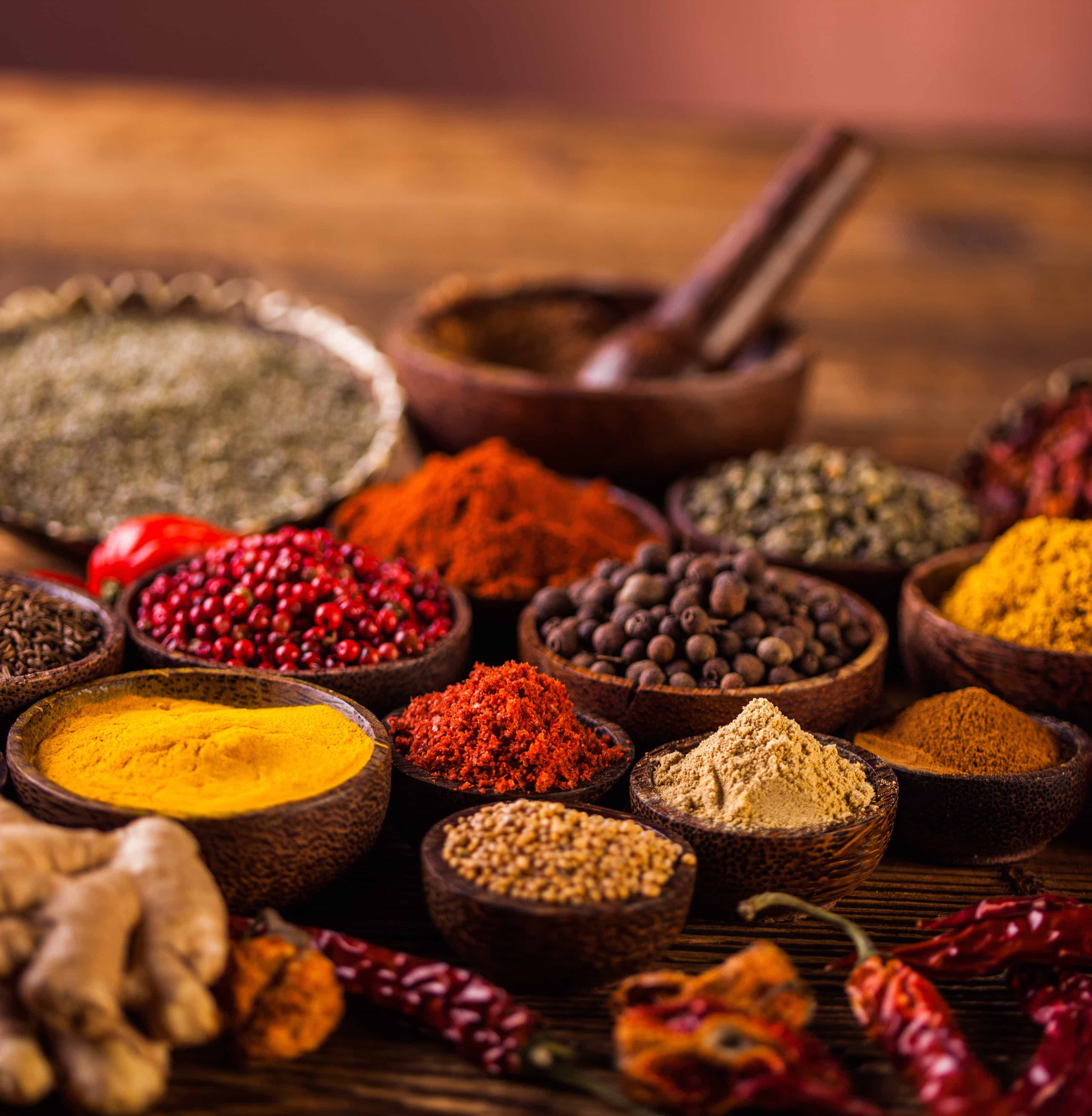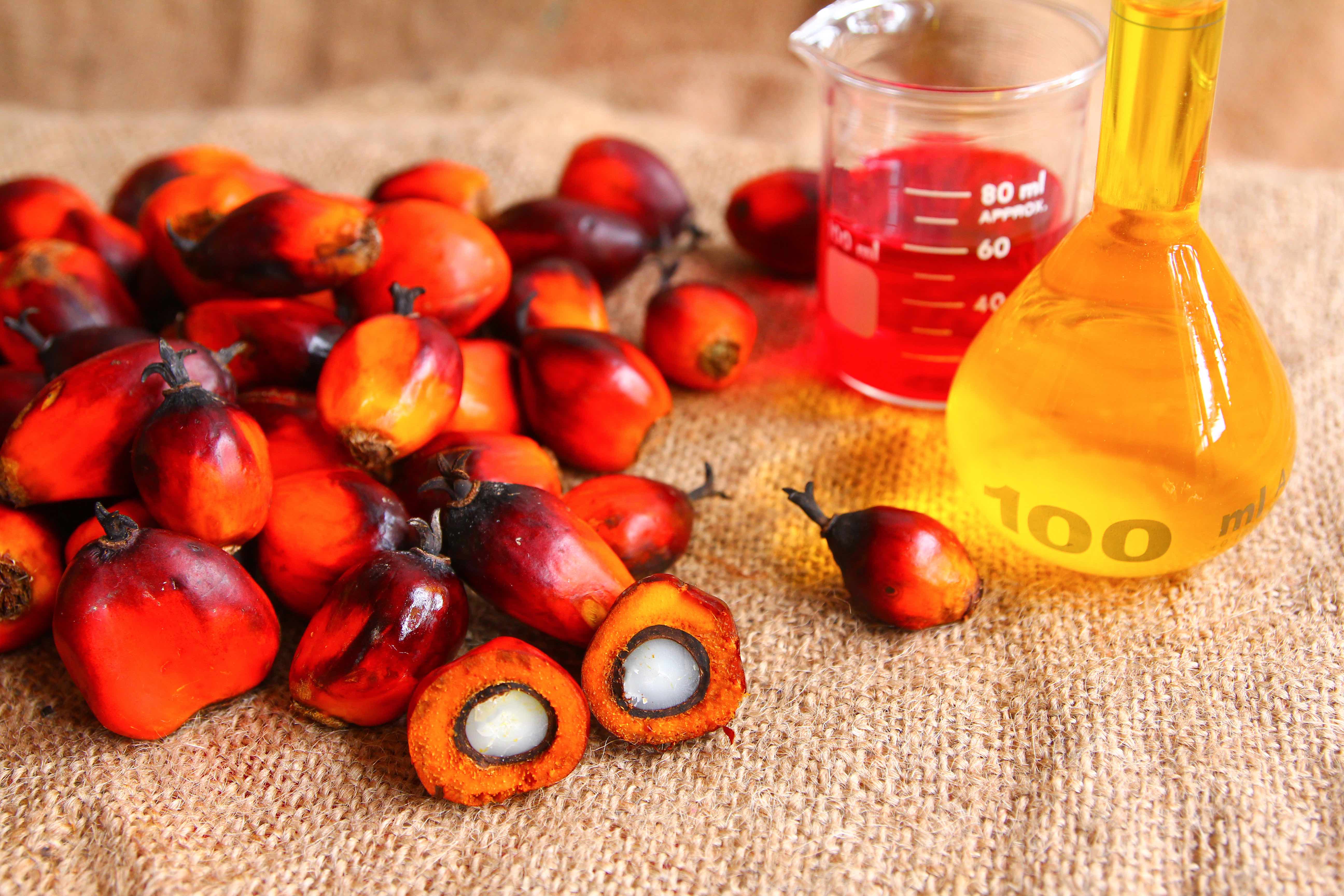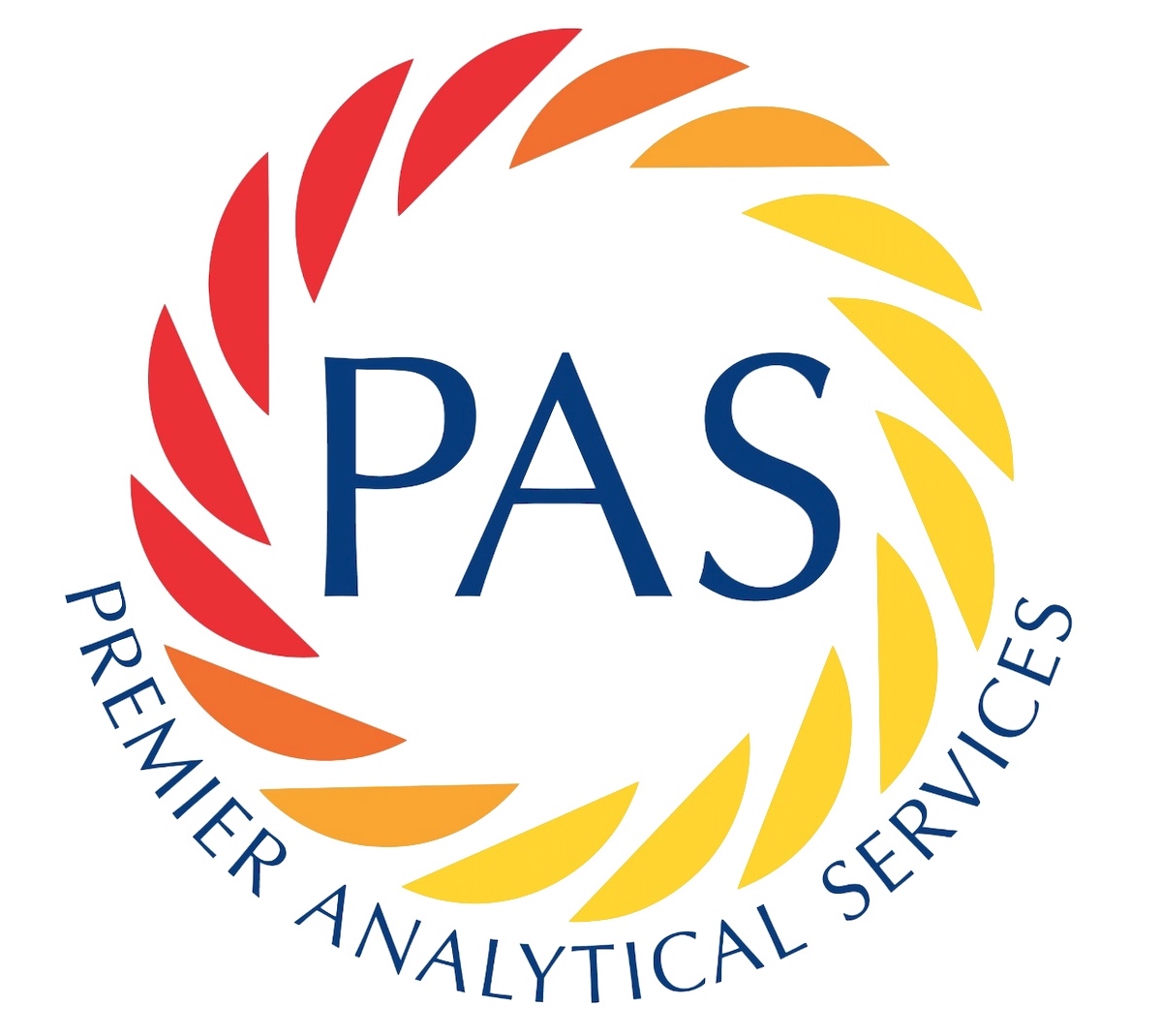Contaminants & Taints
Contaminants
Process contaminants
Process contaminants are substances that can form as a result of chemical changes in foods brought about by the processes used during manufacture e.g. cooking, drying, fermentation and smoking. While the formation of undesirable substances in foods as a result of processing has been known for some time (e.g. chloropropanols in savoury flavours produced by acid hydrolysis, N-nitroso compounds in cured meats), the occurrence of other process contaminants in foods such as acrylamide, glycidyl fatty acid esters and fatty acid esters of monochloropropanediols (MCPDs) are relatively recent and significant developments that continue to challenge the food industry and regulators alike.
Premier Analytical Services is one of the leading food testing centres in Europe, providing routine and research analytical services in the areas of food characterisation, authenticity and safety.
A dedicated team with more than 30 years’ experience in trace contaminants research and testing provides our Process Contaminants service. We have the capability to analyse a wide variety of food samples, including complex and often problematic food matrices and provide results quickly where required. Our clients include Food Regulators, Food retailers as well as blue chip food manufacturers from around the world. The majority of our process contaminant methods are UKAS accredited and we regularly participate in food Proficiency Testing Schemes such as FAPAS so you can be assured of the highest quality results. To obtain an information sheet or to request a quotation, please contact us.


Packaging Contaminants
Packaging is an indispensable element in the food manufacturing process utilising a wide range of virgin and recycled materials such as adhesives, ceramics, elastomers & rubbers, glass, inks & varnishes, metals and alloys, paper & board (including recycled), paraffin waxes and microcrystalline waxes, plastics (including recycled), regenerated cellulose, textiles & wood (including cork). Ingredients comprising plastics (e.g. monomers, catalysts, solvents and additives) comprise some 2000+ substances alone, many of which do not have a full toxicological evaluation. Hence the potential migration of substances from packaging into foods can represent a significant food safety (and quality) risk to consumers and brands.
Premier Analytical Services is one of the leading food testing centres in Europe, providing routine and research analytical services in the areas of food characterisation, authenticity and safety.
A dedicated team with more than 30 years’ experience in trace contaminants testing provides our Packaging contaminants service. We have a wide range of sampling techniques available for different types of food contact materials and the foods contained therein as well as specific tests to assess the migration potential of printed packaging. Our clients include printers and converters as well as blue chip food manufacturers. To obtain an information sheet or to request a quotation, please contact us.
Illegal Dyes/Colours

The colours permitted for use in food are defined in the Colours in Food Regulations 1995 and in subsequent amendments. Therefore the presence, at any level, of any other colours is illegal.
There were two incidents in 2008 involving illegal Sudan dyes in imported spices form India. Sudan dyes are synthetic, industrial dyes traditionally used for colouring waxes, plastics, oils and shoe & floor polishes and therefore not permitted in food at any level. However, the deep red colour was perceived to enhance the aesthetic qualities of some foods for example, spices (such as chilli powder and paprika) and palm oil.
More recently, several ingredients have been implicated in food scares involving illegal colours, for example Methyl Yellow in curry powder in Belgium, France & Germany and safflower (natural colour) from China containing Orange II. It is vital therefore that food manufacturers remain alert to the potential use of illegal dyes in their supply chains.
In late June 2006 the FSA circulated details of the adoption of a harmonised Europe-wide approach for dealing with incidents of contamination of spices and other food ingredients with illegal dyes. This is based upon the ‘’As Low as Reasonably Practicable’’ approach, recognising adventitious rather than deliberate contamination may be present at very low levels. As such an action limit of 0.5ppm has been established, such that detection at levels below 0.5ppm should not trigger removal of products from the market.
Acrylamide Testing
PAS offers a UKAS accredited acrylamide testing service using GC-MS-MS.
With over 10 years experience in acrylamide testing, our clients include the UK Food Standards Agency, of which we are the preferred analytical testing service provider, as well as blue chip food manufacturers and retailers.
Our acrylamide method is UKAS accredited and we regularly participate in the FAPAS Proficiency Testing Scheme so you can be assured of the highest quality results.
We have the capability to analyse a wide variety of food samples, including complex and often problematic food matrices such as coffee, cocoa powder and malt, and provide results quickly.
To obtain an acrylamide information sheet or to request a quotation,
please contact us.

2- and 3- MCPD, MCPD Esters & Glycidol Esters

In May 2016 the European Food Safety Authority (EFSA) Scientific Opinion on the risk for human health related to the presence of 2 and 3-MCPD Esters and Glycidyl Esters (GE) in food was published. The Opinion concluded that the glycerol-based process contaminants found in palm oil, but also in other vegetable oils, margarines and some processed foods, raise potential health concerns for average consumers of these foods in all young age groups, and for high consumers in all age groups. The highest levels of GE, as well as 3-MCPD and 2-MCPD (including esters) were found in palm oils and palm fats, followed by other oils and fats
.
PAS currently offer UKAS accredited analysis for both 2- and 3- MCPD and MCPD Esters, as well as being the only UK laboratory currently taking part in the European JRC inter-laboratory comparison of methods for Glycidol esters.
Contaminants
Contaminants
Process contaminants
Process contaminants are substances that can form as a result of chemical changes in foods brought about by the processes used during manufacture e.g. cooking, drying, fermentation and smoking. While the formation of undesirable substances in foods as a result of processing has been known for some time (e.g. chloropropanols in savoury flavours produced by acid hydrolysis, N-nitroso compounds in cured meats), the occurrence of other process contaminants in foods such as acrylamide, glycidyl fatty acid esters and fatty acid esters of monochloropropanediols (MCPDs) are relatively recent and significant developments that continue to challenge the food industry and regulators alike.
Premier Analytical Services is one of the leading food testing centres in Europe, providing routine and research analytical services in the areas of food characterisation, authenticity and safety.
A dedicated team with more than 30 years’ experience in trace contaminants research and testing provides our Process Contaminants service. We have the capability to analyse a wide variety of food samples, including complex and often problematic food matrices and provide results quickly where required. Our clients include Food Regulators, Food retailers as well as blue chip food manufacturers from around the world. The majority of our process contaminant methods are UKAS accredited and we regularly participate in food Proficiency Testing Schemes such as FAPAS so you can be assured of the highest quality results. To obtain an information sheet or to request a quotation, please contact us.

Packaging Contaminants
Packaging is an indispensable element in the food manufacturing process utilising a wide range of virgin and recycled materials such as adhesives, ceramics, elastomers & rubbers, glass, inks & varnishes, metals and alloys, paper & board (including recycled), paraffin waxes and microcrystalline waxes, plastics (including recycled), regenerated cellulose, textiles & wood (including cork). Ingredients comprising plastics (e.g. monomers, catalysts, solvents and additives) comprise some 2000+ substances alone, many of which do not have a full toxicological evaluation. Hence the potential migration of substances from packaging into foods can represent a significant food safety (and quality) risk to consumers and brands.
Premier Analytical Services is one of the leading food testing centres in Europe, providing routine and research analytical services in the areas of food characterisation, authenticity and safety.
A dedicated team with more than 30 years’ experience in trace contaminants testing provides our Packaging contaminants service. We have a wide range of sampling techniques available for different types of food contact materials and the foods contained therein as well as specific tests to assess the migration potential of printed packaging. Our clients include printers and converters as well as blue chip food manufacturers. To obtain an information sheet or to request a quotation, please contact us.

Illegal Dyes/Colours

The colours permitted for use in food are defined in the Colours in Food Regulations 1995 and in subsequent amendments. Therefore the presence, at any level, of any other colours is illegal.
There were two incidents in 2008 involving illegal Sudan dyes in imported spices form India. Sudan dyes are synthetic, industrial dyes traditionally used for colouring waxes, plastics, oils and shoe & floor polishes and therefore not permitted in food at any level. However, the deep red colour was perceived to enhance the aesthetic qualities of some foods for example, spices (such as chilli powder and paprika) and palm oil.
More recently, several ingredients have been implicated in food scares involving illegal colours, for example Methyl Yellow in curry powder in Belgium, France & Germany and safflower (natural colour) from China containing Orange II. It is vital therefore that food manufacturers remain alert to the potential use of illegal dyes in their supply chains.
In late June 2006 the FSA circulated details of the adoption of a harmonised Europe-wide approach for dealing with incidents of contamination of spices and other food ingredients with illegal dyes. This is based upon the ‘’As Low as Reasonably Practicable’’ approach, recognising adventitious rather than deliberate contamination may be present at very low levels. As such an action limit of 0.5ppm has been established, such that detection at levels below 0.5ppm should not trigger removal of products from the market.
Acrylamide Testing

PAS offers a UKAS accredited acrylamide testing service using GC-MS-MS.
With over 10 years experience in acrylamide testing, our clients include the UK Food Standards Agency, of which we are the preferred analytical testing service provider, as well as blue chip food manufacturers and retailers.
Our acrylamide method is UKAS accredited and we regularly participate in the FAPAS Proficiency Testing Scheme so you can be assured of the highest quality results.
We have the capability to analyse a wide variety of food samples, including complex and often problematic food matrices such as coffee, cocoa powder and malt, and provide results quickly.
To obtain an acrylamide information sheet or to request a quotation,
please contact us.
2- and 3- MCPD, MCPD Esters & Glycidol Esters

In May 2016 the European Food Safety Authority (EFSA) Scientific Opinion on the risk for human health related to the presence of 2 and 3-MCPD Esters and Glycidyl Esters (GE) in food was published. The Opinion concluded that the glycerol-based process contaminants found in palm oil, but also in other vegetable oils, margarines and some processed foods, raise potential health concerns for average consumers of these foods in all young age groups, and for high consumers in all age groups. The highest levels of GE, as well as 3-MCPD and 2-MCPD (including esters) were found in palm oils and palm fats, followed by other oils and fats
.
PAS currently offer UKAS accredited analysis for both 2- and 3- MCPD and MCPD Esters, as well as being the only UK laboratory currently taking part in the European JRC inter-laboratory comparison of methods for Glycidol esters.
